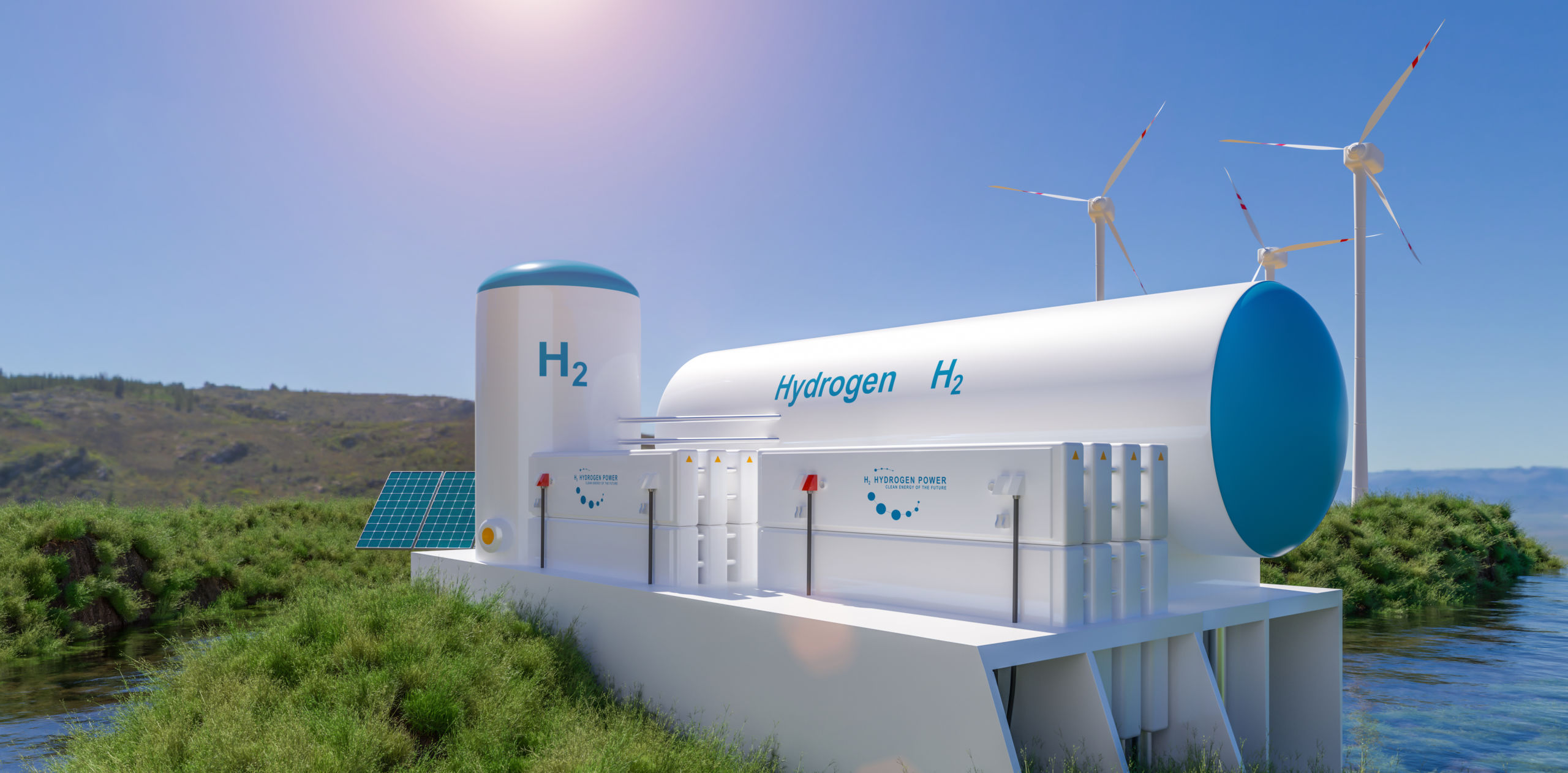
Carbon capture in the industrial and power sectors
Carbon capture technology has been in use since the 1930’s but its application to mitigate climate change has seen interest soar over the past fifteen years. Consequently there has been an upsurge in the development of new capture technologies, where even a good technological performance gives no guarantee of success. What factors are critical for success, what goes wrong, and what steps can developers take to succeed where others have failed?

Carbon capture in the industrial and power sectors
Carbon capture technology has been in use since the 1930’s but its application to mitigate climate change has seen interest soar over the past fifteen years. Consequently there has been an upsurge in the development of new capture technologies, where even a good technological performance gives no guarantee of success. What factors are critical for success, what goes wrong, and what steps can developers take to succeed where others have failed?
Low Emission Mobility
Whether from car or train, boat or plane, the need to reduce CO2, NOx and particulate emissions associated with the transport of people and goods is never far from the headlines. However, these headlines do not always reflect the complexities and interdependence of the related issues. In many instances the emotions generated by these headlines also play an important role in decision making. Given these challenges, how can developers of emission reduction technologies understand their prospective customers: who are they, what do they really need and, very importantly, what are they prepared to pay for?

Low Emission Mobility
Whether from car or train, boat or plane, the need to reduce CO2, NOx and particulate emissions associated with the transport of people and goods is never far from the headlines. However, these headlines do not always reflect the complexities and interdependence of the related issues. In many instances the emotions generated by these headlines also play an important role in decision making. Given these challenges, how can developers of emission reduction technologies understand their prospective customers: who are they, what do they really need and, very importantly, what are they prepared to pay for?


Energy Storage
The advent of renewable energy technologies such as solar panels and wind turbines did not initially go hand-in-hand with a means of storing the associated energy for when the sun didn’t shine or the wind didn’t blow. The realisation of this gap has seen a huge increase in investment into a diverse range of storage technologies, although most press coverage is focused on batteries. What do customers value in this domain, and how can the developers of new technologies most effectively demonstrate the value that they can deliver?

Energy Storage
The advent of renewable energy technologies such as solar panels and wind turbines did not initially go hand-in-hand with a means of storing the associated energy for when the sun didn’t shine or the wind didn’t blow. The realisation of this gap has seen a huge increase in investment into a diverse range of storage technologies, although most press coverage is focused on batteries. What do customers value in this domain, and how can the developers of new technologies most effectively demonstrate the value that they can deliver?
Distributed Energy
In most industrialised countries the generation of electricity is primarily centralised at major power stations with onward distribution to customers through an extensive complex grid. More localised generation of power has primarily been limited to areas without access to a reliable grid. However, recent hardware and software developments are changing that dynamic making the use of inter-connected distributed energy resources – for both generation and storage – a positive choice based on their enhanced performance and lower costs. How can technology developers identify their most impactful routes to market? What will be the value proposition around a technology that makes it stand out in a very crowded and highly competitive market?

Distributed Energy
In most industrialised countries the generation of electricity is primarily centralised at major power stations with onward distribution to customers through an extensive complex grid. More localised generation of power has primarily been limited to areas without access to a reliable grid. However, recent hardware and software developments are changing that dynamic making the use of inter-connected distributed energy resources – for both generation and storage – a positive choice based on their enhanced performance and lower costs. How can technology developers identify their most impactful routes to market? What will be the value proposition around a technology that makes it stand out in a very crowded and highly competitive market?
